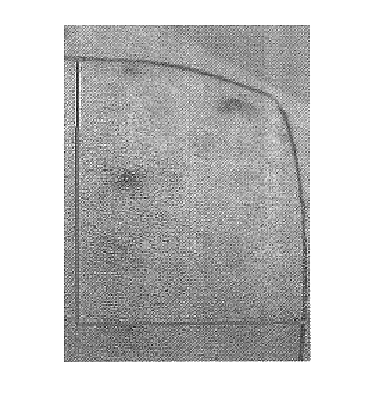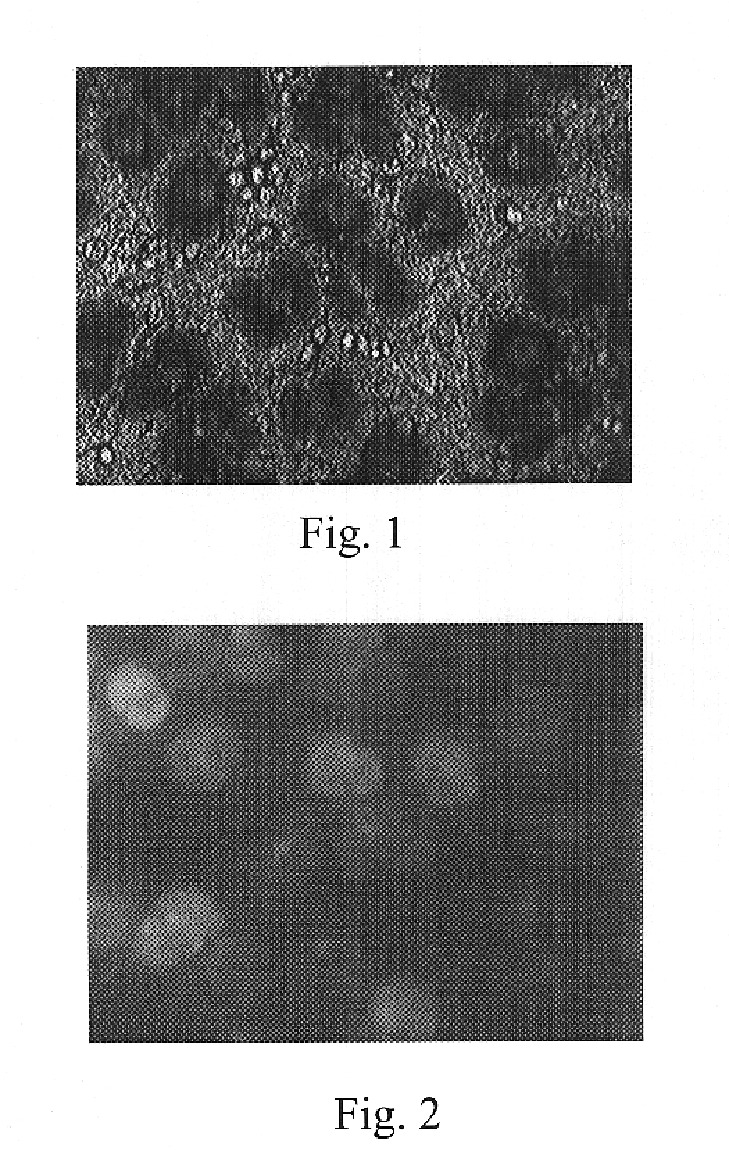Method of treating acne
a technology of acne and acne scars, applied in the field of acne scars, can solve the problems of acne scars, acne scars, acne vulgaris, etc., and achieve the effects of reducing or preventing the production of sebum, reducing and preventing or eliminating the occurrence or reoccurrence of unwanted skin conditions
- Summary
- Abstract
- Description
- Claims
- Application Information
AI Technical Summary
Benefits of technology
Problems solved by technology
Method used
Image
Examples
example i
Introduction of a Chromophore to Sebaceous Glands
[0034]The selective introduction of a chromophore to sebaceous glands is accomplished by topically applying a selected chromophore to the skin under conditions that permit the chromophore to selectively localize to the sebaceous glands. The selective introduction of a chromophore to sebaceous glands is most readily accomplished using lipophilic chromophores, or alternatively, by preparing less lipophilic chromophores in a carrier that renders them more lipophilic.
[0035]Chromophores useful in the methods of the invention should meet at least the following criteria. First, chromophores of use in the methods of the invention must strongly absorb light at a selected wavelength or portion of the spectrum. There are a large number of chromophores known in the art that meet this criterion, but particularly preferred among them are those that strongly absorb light energy at a wavelength or portion of the spectrum that is not strongly absorbed...
example ii
Rendering Non-Lipophilic Chromophores Lipophilic
[0039]According to one aspect of the present invention, non-lipophilic chromophores, for example, indocyanine green, are rendered lipophilic by several possible methods, including the use of liposomes and lipid suspensions. By associating a non-lipophilic chromophore with a lipid in either a liposome or a lipid suspension, the chromophore is selectively deposited within the sebaceous glands.
[0040]Liposomes containing a non-lipophilic chromophore are prepared using the following protocol. Appropriate amounts of the lipids are mixed in a beaker and melted at 75° C. The melt is then drawn into a syringe preheated in a water-bath at 75° C. A second syringe containing 0.05 M isotonic HEPES buffer, pH 7.4, is preheated to 70° C. The two syringes are then connected via a 3-way Teflon or metal stopcock. The aqueous buffer is then injected into the lipid phase syringe. The mixture is mixed back and forth between the two syringes rapidly several...
example iii
Selective Introduction of a Chromophore to Sebaceous Glands
[0047]The manner in which a chromophore is selectively introduced to sebaceous glands depends upon whether the chromophore is lipophilic or non-lipophilic. A lipophilic chromophore is dissolved in a pharmaceutically acceptable oil and applied directly to the area of skin one wishes to treat. A lipophilic chromophore is dissolved in oil at a final concentration from about 0.001% to about 20% (w / v), with the proportion determined empirically using an animal model (e.g., the hamster ear model described herein or other appropriate model for human skin as known in the art).
[0048]A non-lipophilic chromophore is applied as chromophore-bearing liposomes or as a lipid ,chromophore suspension prepared as described herein. Following application of either a lipophilic chromophore in oil, chromophore-bearing liposomes or a lipid chromophore suspension, either by swabbing, for example with a cotton swab, a cotton ball or a paint brush, or...
PUM
 Login to View More
Login to View More Abstract
Description
Claims
Application Information
 Login to View More
Login to View More - R&D
- Intellectual Property
- Life Sciences
- Materials
- Tech Scout
- Unparalleled Data Quality
- Higher Quality Content
- 60% Fewer Hallucinations
Browse by: Latest US Patents, China's latest patents, Technical Efficacy Thesaurus, Application Domain, Technology Topic, Popular Technical Reports.
© 2025 PatSnap. All rights reserved.Legal|Privacy policy|Modern Slavery Act Transparency Statement|Sitemap|About US| Contact US: help@patsnap.com



